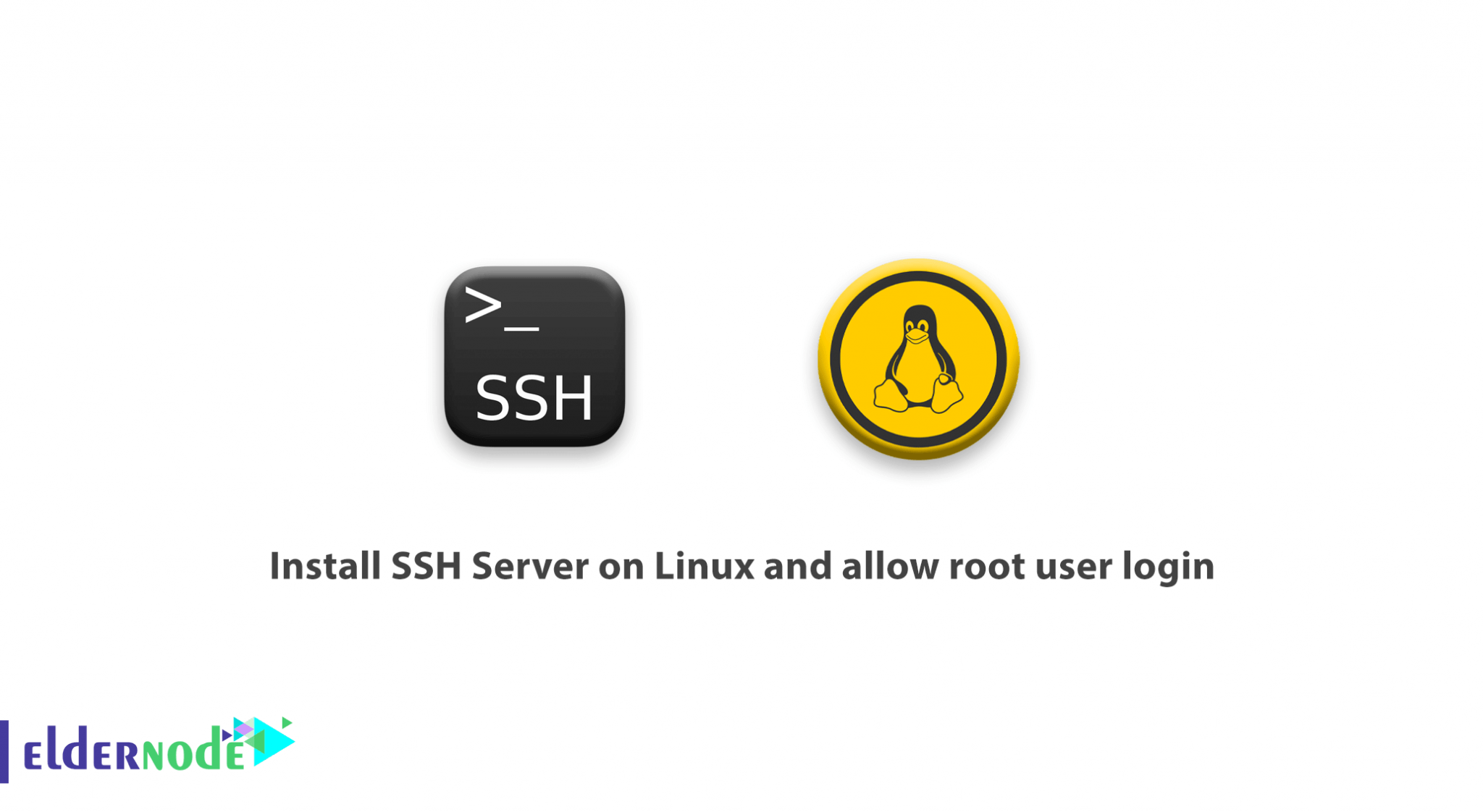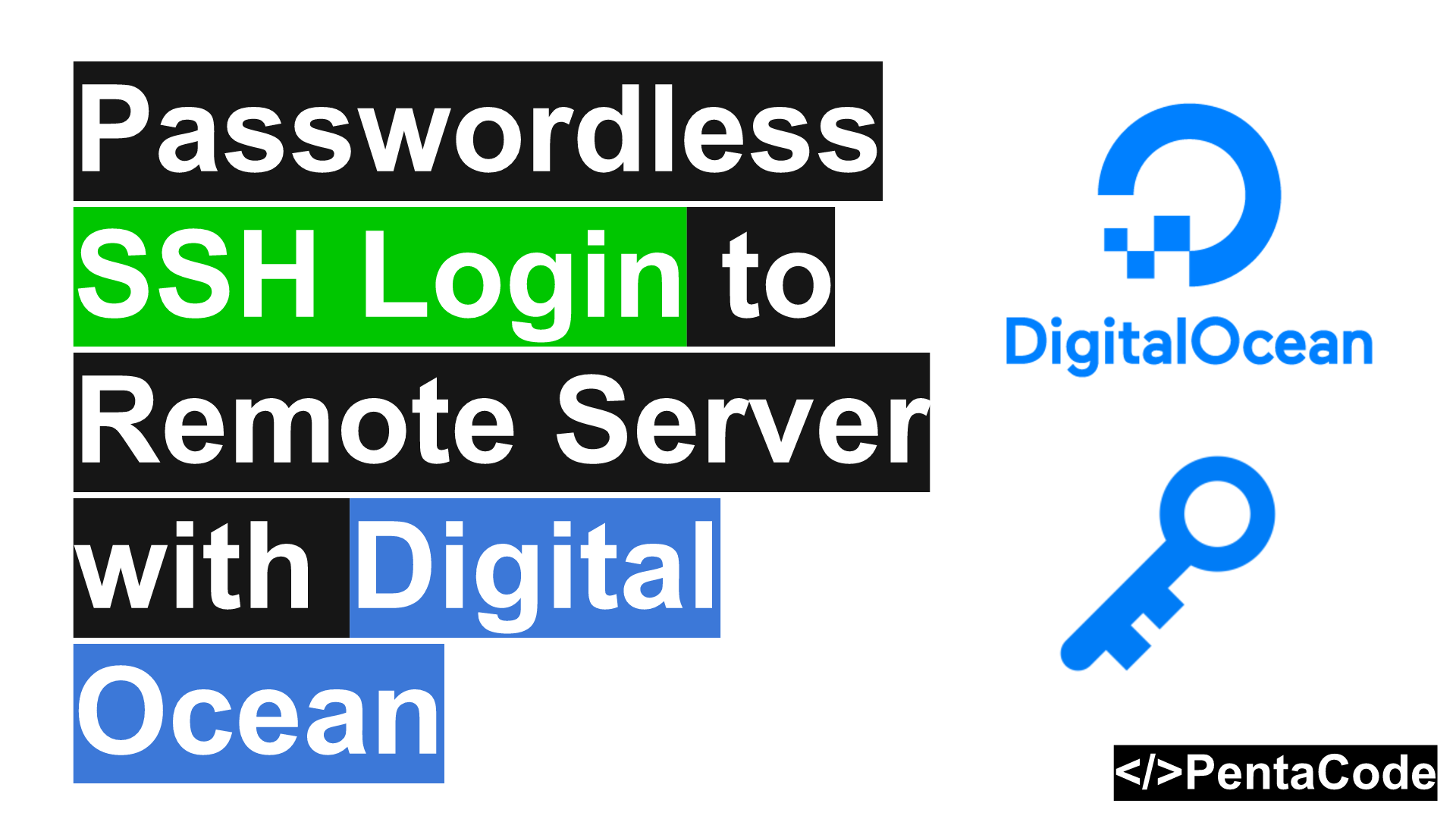Free IoT SSH Login: Access Your Devices Securely & Easily!
Can you truly manage your Internet of Things (IoT) devices from anywhere, anytime, without incurring hefty costs? The answer is a resounding yes, thanks to the power of remote SSH login, offering secure access and management capabilities that are both accessible and cost-effective.
The landscape of IoT is rapidly expanding, with devices becoming increasingly integrated into our daily lives and the industrial sector. From smart home appliances to complex industrial machinery, these interconnected devices generate vast amounts of data and require constant monitoring and maintenance. Remote SSH login emerges as a critical solution in this environment, allowing for efficient management and troubleshooting of these devices, regardless of their physical location. It's like having a remote control for your smart devices, but with added layers of security. This is especially vital for developers and tech enthusiasts who are either starting their first IoT project or looking to optimize their current workflow. Remote SSH login is a powerful tool that enables secure access to your IoT devices from any location, making it an essential skill for anyone working in the field.
Before we delve into the technical aspects and available options, its important to understand what constitutes an IoT SSH login free server. Essentially, it's a platform that allows you to securely connect to and manage your IoT devices using SSH (Secure Shell) protocols, without the need for paid subscriptions. This removes a significant barrier to entry, allowing developers, hobbyists, and tech enthusiasts to experiment with and manage their IoT projects without breaking the bank.
| Feature | Description |
|---|---|
| Core Functionality | Provides a secure channel for remote access to and management of IoT devices using SSH. |
| Cost | Free, eliminating subscription fees associated with premium services. |
| Security | Employs SSH protocols for encrypted communication, offering robust security. Disabling password-based authentication and enabling SSH key-based authentication further enhances security. |
| Accessibility | Accessible from any location with an internet connection. |
| Management Tools | Offers tools for monitoring system performance, managing files, troubleshooting issues, and executing commands. |
| Popular Options | Includes options like Heroku, and others that provide free server resources for IoT SSH login. |
| Ease of Use | User-friendly interfaces and command-line tools. |
| Applications | Suitable for a wide range of IoT devices, including Raspberry Pi, ESP32, and other Linux-based devices. |
| Key Technologies | Utilizes OpenSSH server and client software, often complemented by solutions like SocketXP for enhanced remote access capabilities. |
| Benefits | Simplifies remote device management, reduces downtime, and enhances overall efficiency. |
| Key Consideration | Ensure SSH traffic (typically on port 22) is allowed through the device's firewall. |
The first step towards setting up free remote SSH is to ensure that your IoT device has an SSH server installed and running. Many devices, especially those running Linux-based operating systems like Raspberry Pi OS, come with SSH pre-installed. If not, you can typically install it using your device's package manager. For example, on Debian/Ubuntu-based systems, you can use the command `sudo apt install openssh-server`. Similarly, on RHEL/CentOS systems, you can use `sudo yum install openssh-server`. Once installed, you'll need to ensure that the SSH service is enabled and running. This can usually be done using systemd commands: `$ sudo systemctl enable ssh` and `$ sudo systemctl start ssh`.
Firewall settings are crucial for enabling SSH traffic. By default, SSH uses port 22 for communication. You must configure your device's firewall to allow traffic on this port. Most firewalls allow you to add a rule that permits TCP traffic on port 22. This is a critical step to ensure that you can connect to your device remotely. Without opening port 22 in the firewall, your SSH connection will be blocked.
For those looking for additional layers of security, disabling password-based SSH authentication and enabling SSH key-based authentication is strongly recommended. SSH key authentication is significantly more secure than password authentication. This approach involves generating a key pair (a public key and a private key), then placing the public key on your IoT device. When you try to connect, your SSH client uses the private key to prove your identity. This method eliminates the vulnerability associated with password cracking. The SSH key pair creation process will create the `~/.ssh` directory if it does not already exist and ensure the permissions on the files are correct, further securing the process.
Once you have the SSH server configured and running, and the firewall is set up, you can connect to your IoT device. You will need an SSH client, which is readily available for all major operating systems. On Linux and macOS, the `ssh` command-line tool is typically pre-installed. On Windows, you can use an SSH client like PuTTY or the built-in OpenSSH client. When you attempt to connect, you'll usually be prompted to provide your SSH login credentials. Then, you'll be logged into your device's shell prompt, where you can perform various tasks, such as monitoring system performance, managing files, and troubleshooting issues. From the shell prompt, you can send commands to the device, manage files, and troubleshoot any issues.
Several methods are available for remotely accessing and managing your IoT devices without the need for paid services. The first is utilizing readily available free SSH server options. Heroku is an example of a cloud platform that offers free resources and, therefore, can be utilized as a free SSH server. Furthermore, various tools and methods exist that simplify remote SSH login, making the entire process easily accessible.
Utilizing platforms like SocketXP represents a modern approach to IoT device management. SocketXP is a cloud-based IoT device management and remote access platform. It allows you to remotely manage, access, and monitor your IoT devices, Raspberry Pi fleet, or any Linux machines behind a NAT router and firewall. This allows you to control and automate device operations effortlessly. This includes remote command execution, which streamlines many tasks. This approach is especially useful for managing a fleet of IoT devices, as it allows you to easily update software, troubleshoot issues, and gather data from multiple devices simultaneously. SocketXP streamlines the process, making it accessible from any location.
Eliminating the hassle of traditional SSH logins for simple tasks is possible with SocketXP's IoT remote command execution feature, and other similar platforms, which offers a significant advantage over manual management. These platforms provide a simplified interface for executing commands, automating operations, and reducing the complexity associated with remote device management.
Several open-source SSH clients are available, such as OpenSSH. OpenSSH is one of the most widely used SSH servers and clients. Its renowned for its robust security features and ease of use, making it a great option for securely connecting to your IoT devices.
When choosing a free SSH tool for your IoT server, consider factors like the tool's features, security, ease of use, and the community support available. This is especially true if you are new to the field. A user-friendly interface and robust security features can greatly enhance your remote management capabilities.
With the right approach, remote SSH login for IoT devices is not only possible but remarkably easy to implement. By leveraging these free tools and secure practices, you can unlock the full potential of your IoT projects without incurring any financial burden.
To summarize the benefits and key takeaways of using remote SSH login for IoT devices:
- Cost-Effectiveness: Access and manage your devices for free.
- Accessibility: Manage your systems on the go from any Android device.
- Security: Enhances security by using SSH key-based authentication.
- Efficiency: Reduces downtime and streamlines remote device management.
- Versatility: Can be used on a wide range of devices, from Raspberry Pis to ESP32s.
The ability to access your IoT devices remotely is no longer a costly endeavor. Free tools, secure practices, and cloud-based solutions provide a powerful means to manage, monitor, and maintain your IoT projects efficiently, regardless of your location or budget.


